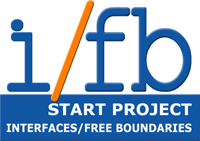Introduction
During acquisition and transmission, images are often blurred and corrupted by Gaussian noise. In many applications, the deblurring and denoising of such images are fundamental for subsequent image processing operations, such as edge detection, segmentation, object recognition, and many more.
In order to restore the degraded images and preserve significant details in the images, Rudin, Osher and Fatemi proposed total variation (TV) regularization. Based on this model, we consider the improved version

In the model, the parameter λ controls the trade-off between a good fit of z and a smoothness requirement due to the total variation regularization. Since images are, in general, comprised of multiple objects at different scales, we utilize different values of λ localized at image features of different scales in order to obtain better restoration results.
In the SA-TV method, we propose a local variance estimator in order to decide, in a robust way, on the scales of the features contained in z. Our λ-adjustment is fully automated and, thus, requires no user interaction. In order to accelerate the performance of the λ-update scheme we generalize the hierarchical decomposition approach to spatially dependent λ. The corresponding subproblems are solved by a superlinearly convergent algorithm based on Fenchel-duality and inexact semismooth Newton techniques.
(Jump to download section)
Results
Example 1: Restoration of Noisy Image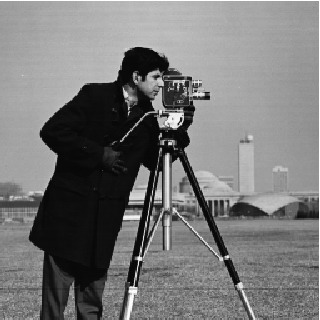
Original Image
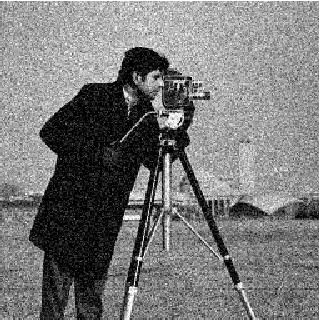
Noisy Image
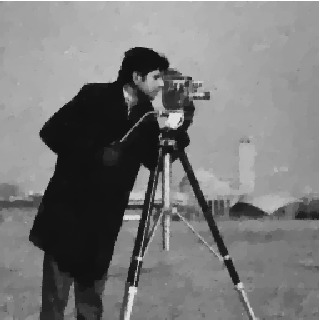
TV method
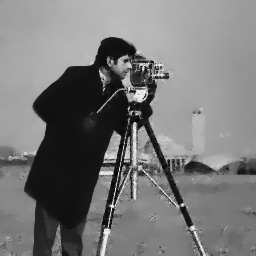
SA-TV method
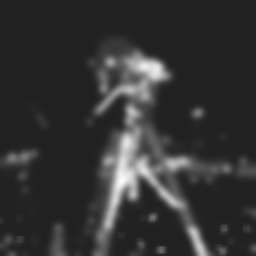
Example 2: Restoration of Blurred Noisy Image

Original Image

Blurred Noisy Image
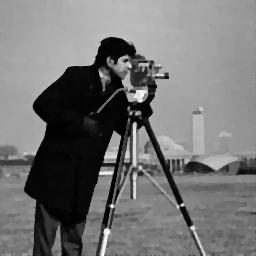
TV method
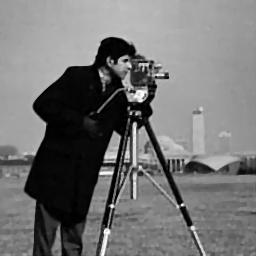
SA-TV method
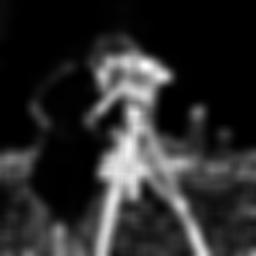
Example 3: Restoration of MRI

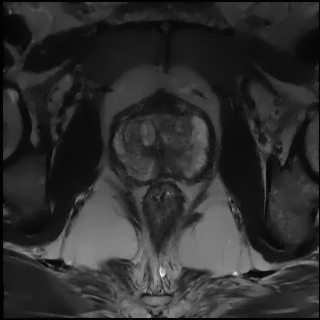
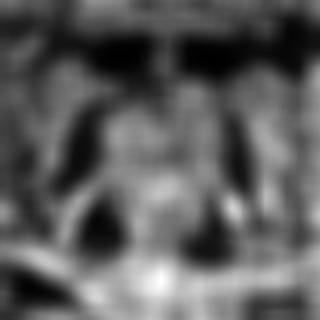

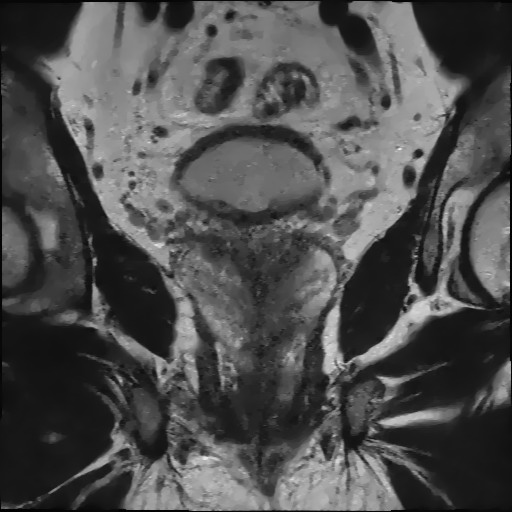

Downloads
- SA-TV Software
- Readme-File
- Slide presentation
Please observe the disclaimer information below.
References
- For scalar regularization parameter-based solver:
[1] M. Hintermüller and G. Stadler, "An Infeasible Primal-Dual
Algorithm for Total Bounded Variation-Based Inf-Convolution-Type
Image Restoration", SIAM Journal on Scientific Computing, 28(1):
1-23, 2006. View article online.
- For spatially dependent parameter-based solver:
[2] Y.Q. Dong, M. Hintermüller and M. M. Rincon-Camacho, "Automated
Regularization Parameter Selection in a Multi-Scale Variation
Model for Image Restoration", accepted for publication in Journal of Mathematical
imaging and vision, IFB-Report No. 22 (11/2008), Institute of
Mathematics and Scientific Computing, University of Graz. Download
- For color image restoration (which is not yet included in this
version of the toolbox):
[3] Y.Q. Dong, M. Hintermüller and M. M. Rincon-Camacho, "A Multi-
Scale Vectorial Lτ-TV Framework for Color Image Restoration",
International Journal of Computer Vision.
DOI: 10.1007/s11263-010-0359-1. Download
Disclaimer
The SATV method was developed by Y.Q. Dong, M. Hintermüller and M. M. Rincon-Camacho at the Institute of Mathematics and Scientific
Computing of the University of Graz, and the Department of Mathematics of the Humboldt-University of Berlin. This work was
supported by the Austria Science Fund FWF under START-program Y305 "Interfaces and Free Boundaries" (IFB) and the SFB F32 "Mathematical
Optimization and Applications in Biomedical Sciences" (MOBIS).
The SATV Toolbox may be used for NON-COMMERCIAL RESEARCH purposes only. For inquiries concerning a different use, please contact Prof. M. Hintermüller at the Humboldt-University of Berlin.
Your comments are welcome. Please keep track of bugs or missing/confusing instructions and report them to
Yiqiu Dong
Michael Hintermüller
M. Monserrat Rincon-Camacho
The algorithms contained in the SATV Toolbox were implemented by Martin Kanitsar (University of Graz) and revised by Yiqiu Dong.
